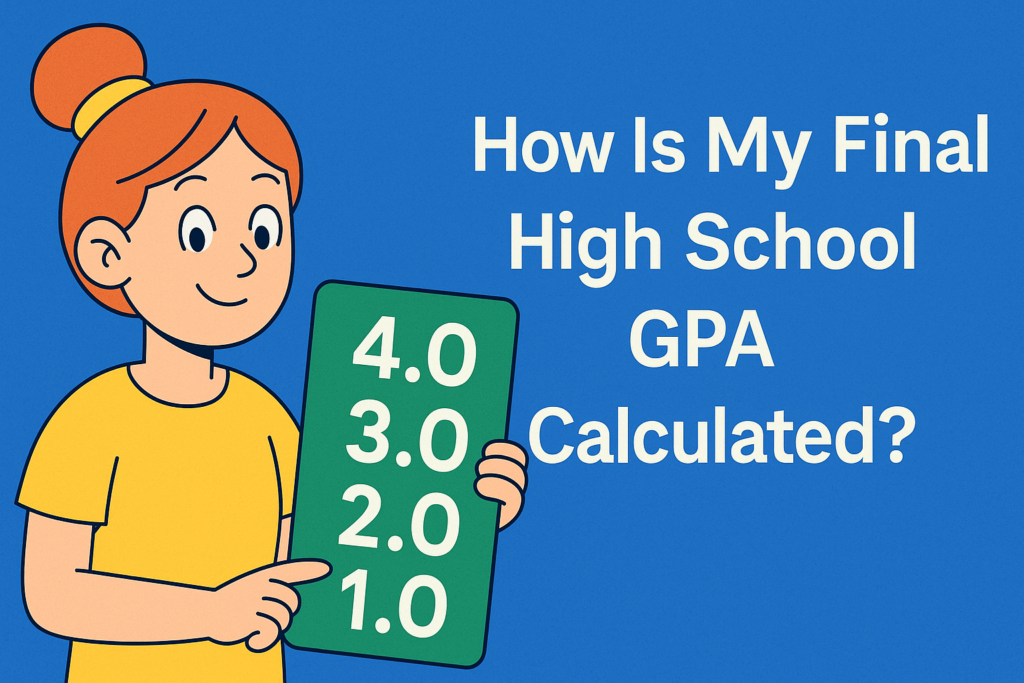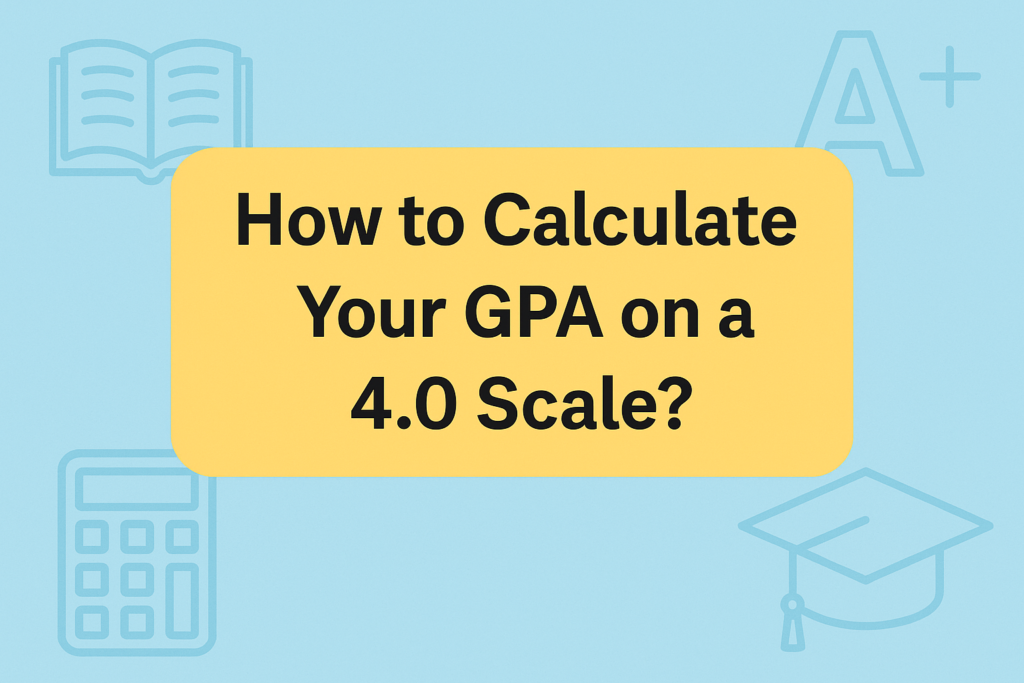SGPA to Percentage Calculator
SGPA to Percentage Calculator is for students who know their SGPA but aren’t sure how that number actually looks in percentage terms. Grades come in many formats, and not everyone remembers the exact formula. That’s why this tool exists—it takes your SGPA and converts it using the typical method used by colleges. You enter the value, and you’ll see your percentage right away. It’s simple, and for most students, that’s exactly what they need.
Convert your SGPA to percentage easily with our calculator
Result
Your SGPA 0.00 is equal to 0.00%
About SGPA to Percentage Conversion
Common Conversion Formulas:
- Standard: Percentage = SGPA × 10
- Alternative: Percentage = SGPA × 9.5
- Direct Equivalent: Percentage = (SGPA × 9.5) - 7.5
Note: Different universities may use different formulas for conversion. Please check with your university for the exact conversion method applicable to your program.
What is SGPA to Percentage Calculator
The SGPA to Percentage Calculator helps you convert your Semester Grade Point Average into a percentage score—quickly and without any manual math. It’s a practical tool, especially when applications or forms ask for percentages instead of grade points. SGPA alone doesn’t always say much to someone reviewing your record. That’s why converting it matters. The tool uses the standard formulas most universities follow. You enter your SGPA, and it does the work.
Why Choose Our SGPA to Percentage Calculator?
No sign-up needed
You don’t need to create an account. Just open the tool and use it right away.
Follows standard formulas
Uses the most commonly accepted SGPA to percentage conversions used by major universities.
Works on all devices
Whether you’re on a laptop, phone, or tablet, the calculator runs smoothly.
Distraction-free design
No pop-ups, no ads—just a clean layout focused on your result.
Instant results
Type your SGPA and get your percentage in less than a second.
Accurate and reliable
Tested across different grading systems to ensure consistent and correct conversions.
Supports custom formulas
If your college uses a specific SGPA formula, you can adjust it easily.
Made for students
Everything is simple, clear, and fast—so you can focus on what matters.
What is SGPA and Percentage
SGPA, or Semester Grade Point Average, shows how well you’ve done during a specific academic term. It’s usually calculated on a 10-point scale and includes weight based on course credits and grade points. Percentage is more familiar to many—it tells you how much you scored out of 100. Some schools use one; others use both. And many students aren’t exactly sure how to translate one to the other. That’s where an SGPA-to-percentage calculator becomes useful. It gives you a clearer view of your performance, especially when applying for jobs or higher education.
Differences Between SGPA and Percentage
They both reflect your academic performance, but SGPA and percentage do it differently. SGPA is a weighted average that considers your course credits and grade points. It’s more common in Indian and some international universities. Percentage, though, is just your total marks divided by the maximum possible, then multiplied by 100. It’s more familiar to people reviewing resumes or application forms. And here’s the tricky part: not all universities use the same SGPA-to-percentage formula. That’s why a conversion calculator can be handy—it brings consistency to an otherwise inconsistent process.
Percentage Conversions for SGPA and Percentage
Most universities use a pretty standard formula to convert SGPA to percentage:
So if your SGPA is 8.2, it works like this:
That’s your percentage. Easy enough—but not every institution subtracts 7.5. Some multiply SGPA by 10 or use SGPA × 9.5 instead. That’s where students get confused. Our calculator helps you apply the formula your college uses.
Want to convert your SGPA to CGPA instead?
Use our SGPA to CGPA Calculator to see your cumulative performance across semesters. It’s quick, clear, and just as easy to use.
🧮 How to Convert SGPA to Percentage (Step-by-Step Guide)
Converting your SGPA into a percentage score might sound a little technical, but it’s actually simple—once you know the formula. Most universities follow a fixed method, and we’ve laid it out in the steps below. Take your time, read through it, and try it using the calculator above.
1 Know Your SGPA
Start by collecting your SGPA for the term or semester. If your result shows 8.2, that’s the number you’ll use. Make sure it’s accurate—double-check if needed.
2 Choose the Right Formula
Not every college uses the same conversion rule. Here are the most common formulas:
| Formula Type | Calculation Method |
|---|---|
| Standard | SGPA × 10 |
| Alternative | SGPA × 9.5 |
| Direct Equivalent | (SGPA × 9.5) – 7.5 |
Your college may specify one in the grade sheet or student handbook. If not, use the standard method or confirm with your department.
3 Do the Math (or Use the Calculator)
Once you’ve picked the formula, multiply your SGPA accordingly. For example, using the direct formula:
If SGPA = 8.2 → (8.2 × 9.5) – 7.5 = 70.4%
You can also try the other formulas:
- 8.2 × 10 = 82.0%
- 8.2 × 9.5 = 77.9%
4 Compare and Use the Result
Different institutions accept different results. That’s why we allow you to test multiple formulas with our tool. Whichever one matches your university’s rule, that’s your final percentage.
5 Copy or Save It
Once your percentage shows up, use the “Copy Result” button to save it to your clipboard. This makes filling out forms, applying for programs, or submitting grades much easier.
🎓 Frequently Asked Questions
1. How do I convert SGPA to percentage manually?
2. What is the formula to convert SGPA into a percentage?
3. Is SGPA and percentage the same?
4. Which formula is used by most universities for SGPA to percentage?
5. Can I convert SGPA to percentage without a calculator?
6. Does every university use the same SGPA to percentage formula?
7. Is 8.5 SGPA a good score in percentage?
8. How much percentage is 7.0 SGPA equal to?
9. What is the difference between CGPA, SGPA, and percentage?
10. Why do colleges ask for a percentage if SGPA is already given?
GPA Calculator Suite
Access our comprehensive suite of GPA calculators
GPA Calculator
Calculate your GPA easily
College GPA Calculator
Calculate your college GPA easily
High School GPA Calculator
Calculate your high school GPA easily
Semester GPA Calculator
Calculate your Semester GPA easily
Cumulative GPA Calculator
Calculate your Cumulative GPA easily
Final Grade Calculator
Calculate your Final Grade easily
Weighted Grade Calculator
Calculate your Weighted Grade easily
EZ Grader – Easy Grade Calculator
Calculate your Easy Grade Calculator easily
CGPA to GPA Converter
Convert CGPA to GPA easily
CGPA to Percentage Converter
Convert CGPA to Percentage easily
CGPA to Marks Converter
Convert CGPA to Marks easily
Grade to GPA Converter
Convert Grade to GPA easily
Marks to Percentage Converter
Convert Marks to Percentage easily
Percentage To CGPA Converter
Convert Percentage To CGPA easily
Percentage to GPA Converter
Convert Percentage to GPA easily
Percentage To SGPA Converter
Convert Percentage To SGPA easily
SGPA to CGPA Converter
Convert SGPA to CGPA easily
SGPA to Percentage Converter
Convert SGPA to Percentage easily
GPA Calculator: The Ultimate Guides to Calculate & Improve Your Grades
How Is My Final High School GPA Calculated?
How Is My Final High School GPA Calculated? What Is a Final GPA in High School? Your final high school GPA is a cumulative number that reflects how you performed across all your classes from freshman through senior year. It’s more than just a semester average. It’s the total snapshot. Colleges use this number to […]
How to Calculate Your GPA on a 4.0 Scale?
How to Calculate Your GPA on a 4.0 Scale? What is GPA and Why Does It Matter? GPA stands for Grade Point Average. It sums up your academic performance into one number. If you’re aiming for college, scholarships, or even some jobs, this number quietly sits on the top of your transcript, silently speaking for […]
How do I calculate my overall High School GPA?
How do I calculate my overall High School GPA? Understanding the Basics of High School GPA What Is GPA and Why Does It Matter? Grade Point Average (GPA) is the most common way schools summarize your academic performance. It takes all your grades and converts them into a single number. That number is used by […]




